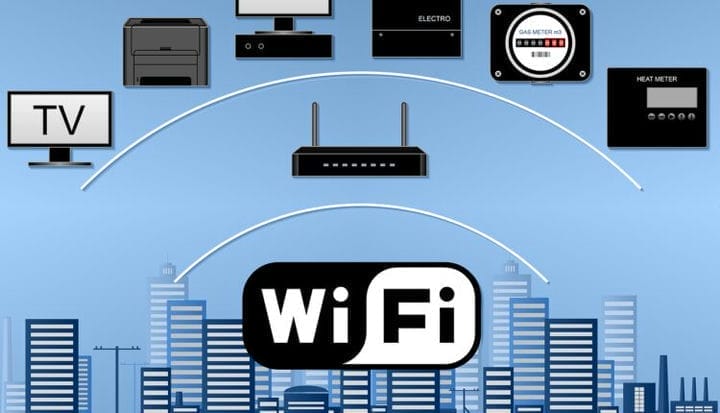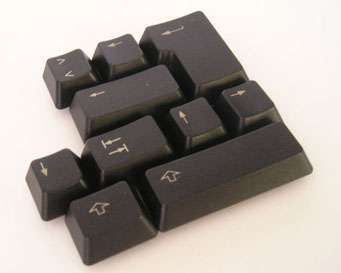To begin with, a brief history of the emergence of the term "wi-fi". What it is, we will consider a little later. The birthplace of Wi-Fi technology is the Netherlands. In 1991, NCR Corporation/AT&T launched the first wireless devices for sale. The transmitters were called WaveLAN and provided speeds from 1 to 2 Mbps. Initially, these Wi-Fi routers were supposed to serve not Internet users, but … cash registers.
The very term Wi-Fi was at that time a kind of publicity stunt. The English abbreviation Hi-Fi (from the words HighFidelity – high accuracy) was then in vogue. As planned by equipment manufacturers, a similar phrase, which stands for Wireless Fidelity – high fidelity wireless data transmission, was supposed to attract the consumer.
How it works?
So what is Wi-Fi technology these days? This is, first of all, the ability to access the Internet without any wires. All you need to create a wireless network is an access point (or, as it is also called, a Wi-Fi router) and at least one client, that is, a computer or mobile device connected to it.
The access point acts as a transmitter. It sends its signal, the so-called network identifier, to the client at a speed of 0.1 Mbps at regular intervals. The connection of the client to the network is provided by a wireless adapter. It can be either built-in (in laptops and mobile phones) or run as a special module (the most famous option is a USB adapter that looks like a regular flash drive).
If the client falls within the access zone of two networks, then he can choose any of them. Theoretically, any number of clients can be connected to the network, but in reality it is better to proceed from the speed provided by the provider. After all, the access point divides the speed between all clients equally, which means that the more there are, the slower the connection speed will be for each specific client.
Today, there are several Wi-Fi standards, each of which has its own characteristics: the speed provided, the range, and protection against hacking. The latest of the standards – 802.22 – allows you to transfer data at speeds up to 22 Mbps, while the client can be at a distance of 100 km from the transmitter.
This, in the most general terms, is the principle of Wi-Fi technology. What is it for software? In Windows operating systems, either a special driver is required to set up a wireless network, or this feature is initially included in the system itself. As for Windows 7, here, with a special driver, you can even work in two Wi-Fi networks at once. Wi-Fi devices are also supported by OS X and Linux operating systems (the latter does not support all devices).
Advantages and disadvantages
What are the benefits of Wi-Fi technology for the average user? First of all, it is the ability to access the Internet where it is simply impossible or inconvenient to use a network cable: in old buildings, outdoors, in various public places. Already, access to the World Wide Web via Wi-Fi has become a reality for visitors to cafes and restaurants, students of various educational institutions, hotel guests, etc. You can enter the wireless network not only from a computer or laptop, but also from a mobile phone.
At the same time, Wi-Fi technology has its drawbacks. Each country has its own restrictions on the operation of access points and the frequency range. Various physical barriers (walls, furniture, etc.) can affect the actual network speed. In addition, with a high density of access points (for example, in apartment buildings), interference may occur. There is also the danger of network hacking, especially with an imperfect WEP encryption protocol. Another disadvantage is the higher power consumption, which in the case of a laptop reduces battery life.
Here, perhaps, is the whole answer to the question, what is Wi-Fi. This invention is constantly being improved and it is quite possible that after some time it will replace other methods of accessing the Internet and make the Web more accessible to millions of users.

